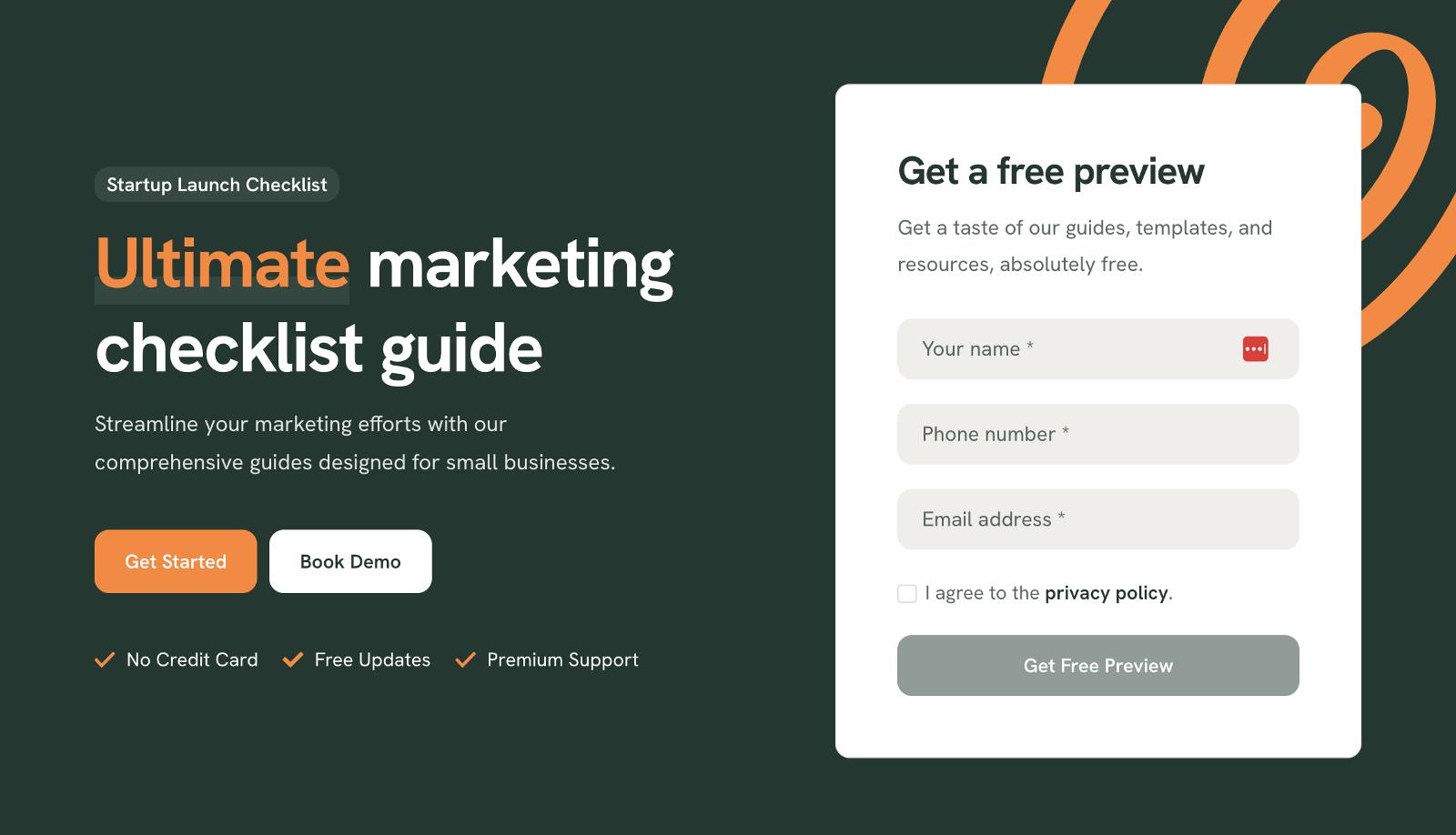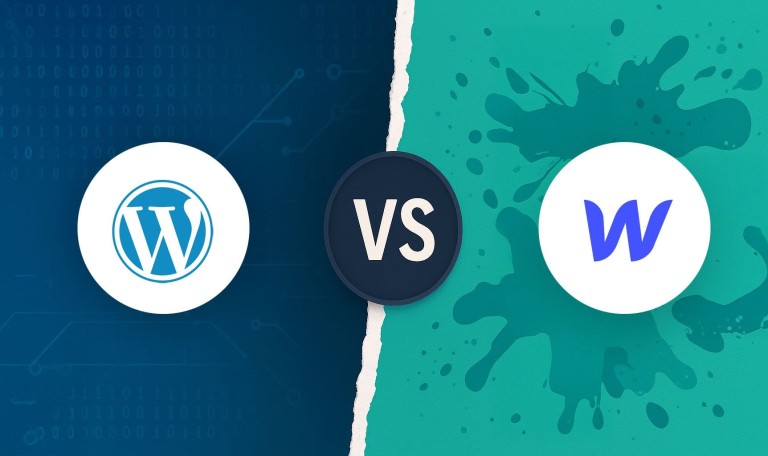Let’s clear something up: your marketing apps are not supposed to replace your website.
They’re supposed to work with it.
Somewhere along the line, platforms like HubSpot started convincing people that they are the website. While others like Zoho, Pipedrive, and Freshsales quietly encourage you to run more of your lead capture through their hosted tools instead of your own.
And that’s where businesses start losing control - of design, of data, and of what makes their digital presence actually perform.
The truth?
Your marketing apps are brilliant at what happens after a lead converts: managing contacts, nurturing campaigns, tracking pipelines, automating emails. But your website is where the conversion starts. It’s the stage, the handshake, the first impression.
When you let your CRM or automation tool take over that front-end experience, you’re handing over the most valuable part of your business pipeline.
So instead of letting apps “own” your lead generation, the smarter move is to let each tool do what it does best, and connect them seamlessly.
Here’s how.
Leveraging Marketing Apps for Their Core Strengths
Let’s give credit where it’s due — your marketing apps shine after the click.
These are powerful, backend functions. They’re the nurture part of your funnel — not the capture.
Why Your Website Should Lead Your Lead Generation
Your website outperforms third-party tools for a simple reason: it’s built to convert, not just collect.

Advanced Customization and Brand Consistency
Your website is your showroom — not a rented booth.
Marketing apps love to offer “landing page builders” and “form templates.” But let’s be honest, they all look like they were made by someone’s intern. Generic layouts, limited styling, and forms that scream “HubSpot default mode.”
In contrast, native WordPress lead-gen tools let you fully align design, tone, and UX with your brand. Every pixel and interaction can be tailored to your funnel, and it shows.
Native forms, pop-ups, and landing pages consistently outperform 3rd party embeds (especially iFrames) on speed, SEO, and conversion rate optimization.
Seamless Integration Without the Glitches
Because no one should have to wrestle with a scroll-jumping, slow-loading embed form.
When you integrate directly through your site’s architecture (via plugins or APIs), users experience a clean, continuous journey.
Third-party app forms often break on mobile, misbehave on tablets, or load with lag that tanks conversion rates.
WordPress + CRM integration means data flows smoothly behind the scenes — not across three different dashboards held together with duct tape.
Enhanced Analytics and Control
You can’t fully optimize what you don’t fully own.
When your forms and landing pages live inside your website, your analytics stack (like GA4, Matomo, or Fathom) captures every event precisely.
You’re not relying on someone else’s summary metrics or “trust us” dashboards.
You can A/B test, track scroll depth, refine UX — all without asking your CRM for permission.
And the kicker?
Most CRMs still piggyback on Google Analytics behind the scenes — while charging you extra for “their” reporting layer.
Lower Long-Term Costs and Real Ownership
Pay once, own it forever — instead of renting your funnel every month.
Building lead generation directly into your site can cost more upfront, but it pays off.
You’re not locked into subscription tiers or paying per “contact slot.”
You keep full ownership of your landing pages, form logic, and data.
When HubSpot or Freshsales changes their pricing (again), you’re not forced to rebuild your system from scratch.
Your website remains the stable foundation — your tools just plug in and play.
The Unified Strategy: Integrate, Don’t Abdicate
Integration Is Key
Use APIs or dedicated plugins to sync your website’s forms with your CRM or marketing platform. That way, data flows seamlessly without your CRM trying to hijack the front end of your site. Your users stay on-brand; your backend stays automated.
Your workflow is simple:
Optimize Each Tool's Role
Combine insights from both your website analytics and your CRM dashboards. This dual feedback loop gives you the full funnel picture — from click to close — without handing the whole process to a single SaaS platform.
Strategic Integration: The Path to Digital Marketing Mastery
When your website and marketing apps play to their strengths, you get the best of both worlds:
Stop letting your CRM pretend it’s your website.
It’s not.
It’s the assistant — not the storefront.
Your website does the selling. Your marketing apps just help close the deal.



